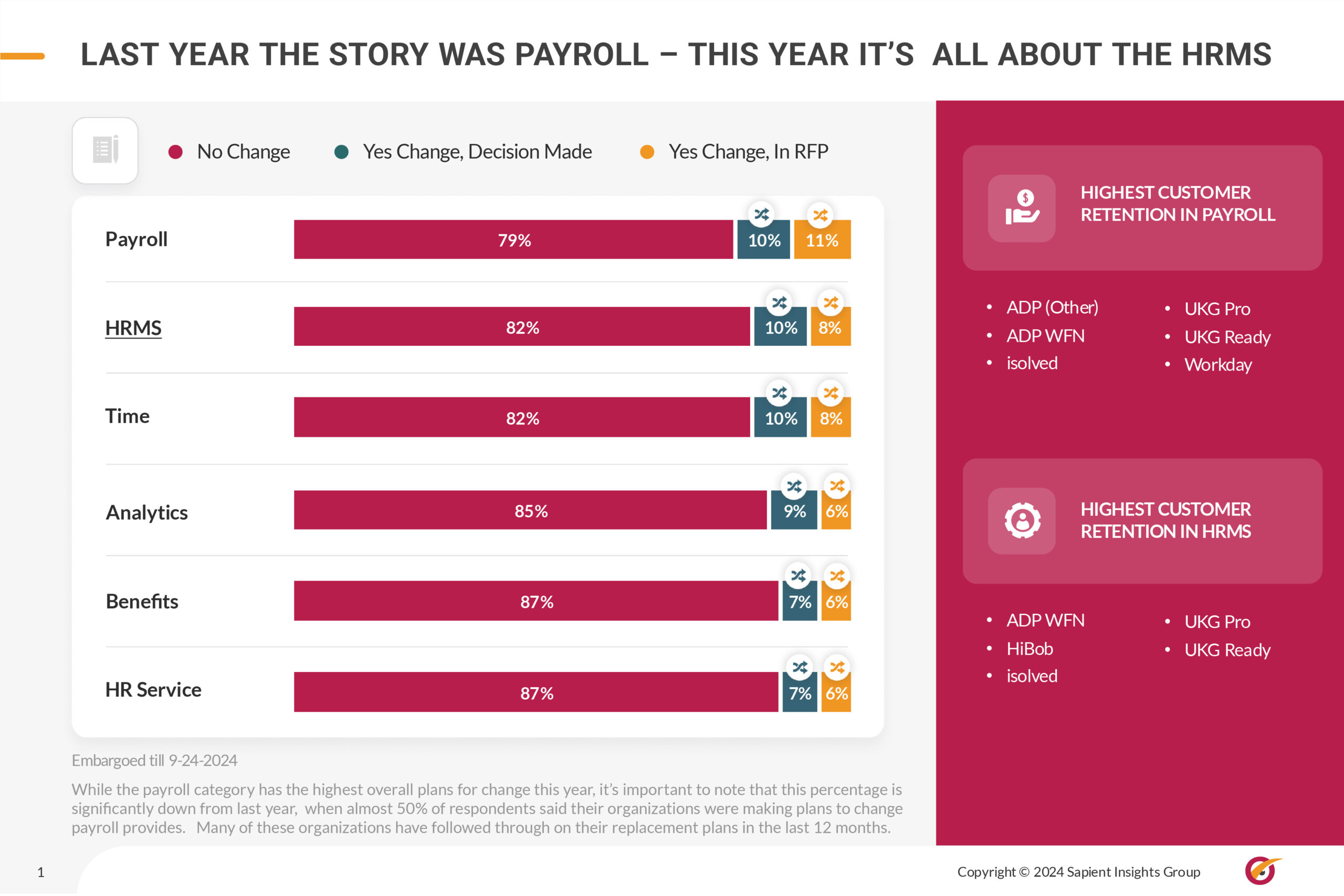Four-day or six-day workweek? Why flexibility goes beyond just numbers
- Shawn Liew

To address the myriad and unique workforce challenges that continue to emerge, many organisations and indeed governments are deploying diverse strategies that most appropriately address localised conditions.
The contrasting approaches of Greece’s six-day workweek and the four-day workweek being adopted by countries such as the UK and Portugal, are examples of such an approach, suggested Dr Jaclyn Lee, CHRO, Certis.
She told HRM Asia, “Greece’s initiative aims to tackle a skilled labour shortage by increasing working hours, which might boost short-term productivity and help workers earn more. However, this approach could lead to employee burnout, reduced job satisfaction, and a negative impact on overall wellbeing in the long run.”
Conversely, proponents of the four-day workweek focus on how this can enhance employee wellbeing by providing more personal time, which can lead to increased job satisfaction and productivity. “Studies have shown that a well-rested and content workforce tends to be more engaged, innovative, and efficient,” Lee said.
However, she is quick to point out that both approaches have their merits and potential drawbacks. “Greece’s strategy might address immediate economic needs, but the four-day workweek model aligns more closely with the evolving understanding that employee wellbeing is integral to sustainable productivity. Balancing economic demands with the health and happiness of the workforce is crucial for long-term success.”
In Singapore, where Lee is based, the drive to help employees achieve better work-life harmony, while promoting a more engaged and productive workforce, will see the introduction of new guidelines on flexible work arrangements (FWAs) this December.
While applauding the guidelines as a positive step in adapting to modern workforce needs, she acknowledged that the ambiguity surrounding what flexible work entails could pose a challenge for some organisations in Singapore.
“Flexibility can encompass various arrangements, such as remote working, flexible hours, compressed workweeks, and job sharing. Understanding the specific needs and preferences of employees is crucial in defining what flexible work means in Singapore’s context.”
Lee, however, is confident that many organisations in Singapore are ready to embrace flexible work and make it a success, provided they have a clear understanding of employee expectations and a commitment to fostering a culture that supports flexibility.
READ MORE: Why Greece’s six-day workweek initiative is unlikely to gain traction
To better understand employees need, she recommended the following steps for organisations to follow:
- Conduct regular surveys and feedback sessions to gauge employee preferences and concerns.
- Pilot different flexible work models to identify what works best for their teams.
- Provide training for managers to effectively manage remote or flexible teams.
- Ensure clear communication of policies and set realistic expectations.
“Creating flexible work strategies that work for everyone involves collaboration between leadership and employees, continuous assessment, and a willingness to adapt. By prioritising employee wellbeing and aligning flexibility with business goals, organisations can create a productive and engaged workforce,” Lee concluded.
For more news and analysis on the latest HR and workforce trends in Asia, subscribe to HRM Asia and be part of the region’s largest HR community!






